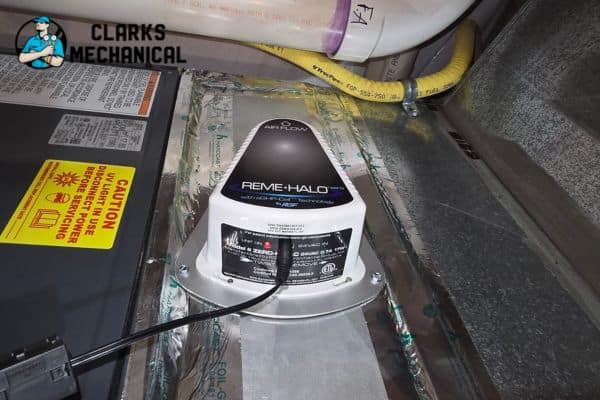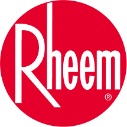
Industrial emissions, fine particulates, and ozone can drift from nearby facilities into neighborhoods. Here’s what Pueblo West homeowners need to know — and how to protect indoor air.
The local picture: industrial emissions and drifting pollutants
On paper, Pueblo West often posts reasonably good daily air index numbers, but averages can hide spikes. Ozone and fine particulate matter (PM2.5) are pollutants of concern in the Pueblo area. Ozone forms when emissions from factories, vehicles, and energy operations react in sunlight; PM2.5 comes from combustion and industrial processes and is small enough to penetrate deep into the lungs. Because Pueblo West sits near industrial activity and is affected by prevailing winds, emissions from nearby facilities can drift into neighborhoods and settle on surfaces, entering homes through open windows, doors, and gaps in insulation.
How outdoor industrial pollution becomes an indoor problem
Homes are not hermetically sealed bubbles. Each time you open a door or window, cook, run your HVAC, or operate an exhaust fan, air exchanges occur. Pollutants from outside mix with indoor sources like cooking fumes, cleaning products, and pet dander to create a cocktail of airborne irritants. Paradoxically, tightly sealed modern homes designed for energy efficiency can trap those pollutants inside. Over time, without proper filtration and ventilation, industrial particulates and gases contribute to poor indoor air quality, which is associated with headaches, fatigue, worsened allergies, and aggravated respiratory conditions.
Why improving indoor air quality matters now
Industrial activity is an important economic engine for our region, but it has consequences for the air we breathe. Even when concentrations of pollutants are within regulatory limits, long-term or repeated indoor exposure can affect health, particularly for children, seniors, and people with asthma or compromised respiratory systems. Cleaner indoor air improves sleep, reduces allergy symptoms, and lowers the cumulative burden of pollution on your lungs and cardiovascular system. For families in Pueblo West, improving indoor air is not just a comfort issue — it’s a health priority.
Steps you can take to protect your home
There are several practical measures homeowners can take to reduce the impact of industrial pollution indoors. Start with professional HVAC inspection and duct cleaning: industrial dust and fine particulates can accumulate inside ductwork and circulate every time the system runs. Upgrading to high-efficiency filters or integrating HEPA-grade filtration into your HVAC system traps much smaller particles than standard filters. Consider filters with activated carbon if you’re concerned about gases or odors from industrial sources. Whole-home ventilation systems like energy recovery ventilators (ERVs) allow you to bring in fresh, filtered air while exhausting stale indoor air without sacrificing energy efficiency. For additional protection, whole-home air purifiers that use ultraviolet light or ionization can neutralize bacteria, mold spores, and airborne chemical compounds.
These improvements are often more effective and less disruptive than relying solely on portable units or intermittent window ventilation. They also reduce strain on your HVAC equipment and can improve overall system efficiency, which may lower long-term operating costs.
Partner with a local HVAC specialist
Addressing indoor air quality is an ongoing effort, and it helps to work with professionals who understand local conditions. Clarks Mechanical offers duct cleaning and sealing, high-performance filter upgrades, whole-home air purification systems, and ventilation upgrades tailored to Pueblo West homes. We assess your existing HVAC system, recommend effective filtration and purification options, and perform installations and maintenance that keep your system operating at peak performance.
If you’ve been noticing excess dust, increased allergy symptoms, or simply want to protect your family from the invisible effects of industrial pollution, these are signs it’s time for an air-quality assessment. A proactive approach protects health, improves comfort, and often increases the long-term value of your home.
Industrial progress is part of life in Pueblo County, but your home doesn’t have to bear the cost. With the right HVAC care, filtration, and purification systems, you can create a clean-air refuge regardless of what’s happening outside. Breathe easier by taking control of your indoor air today.



